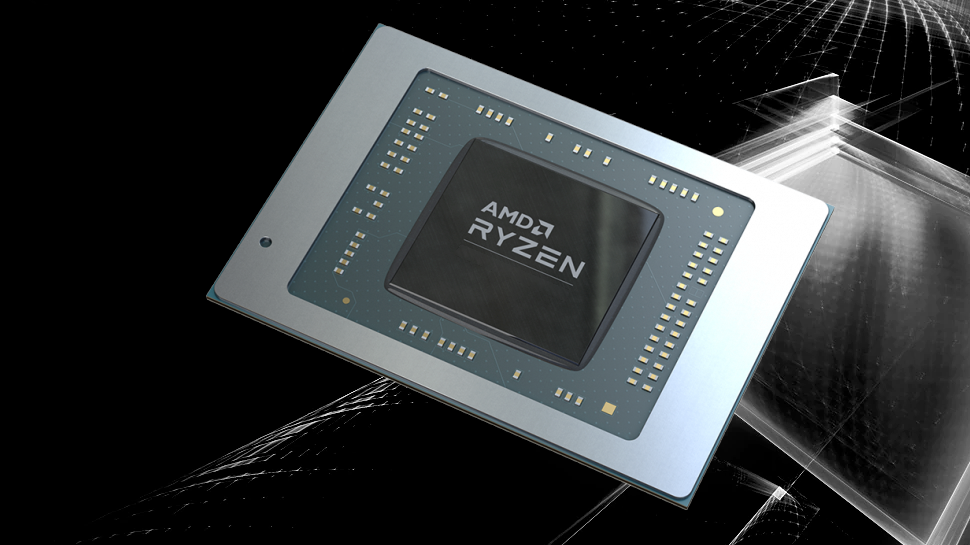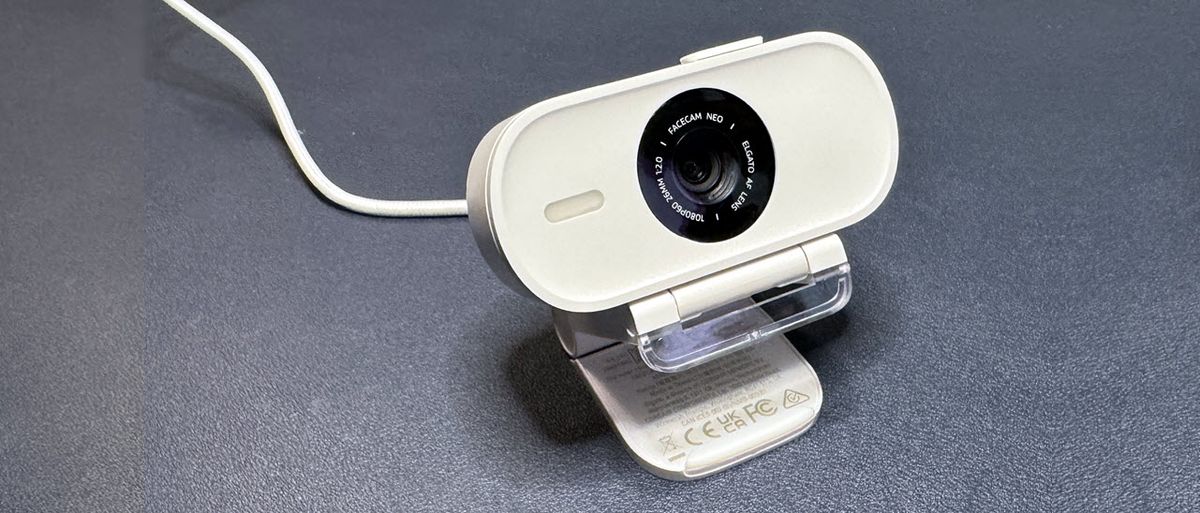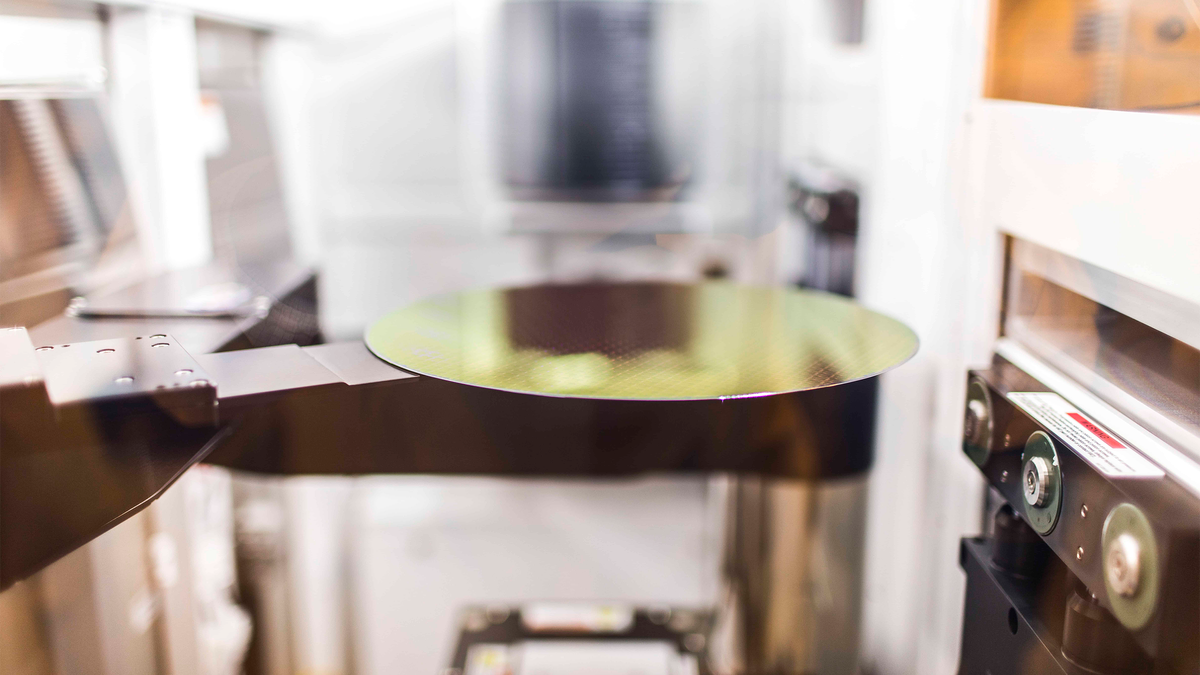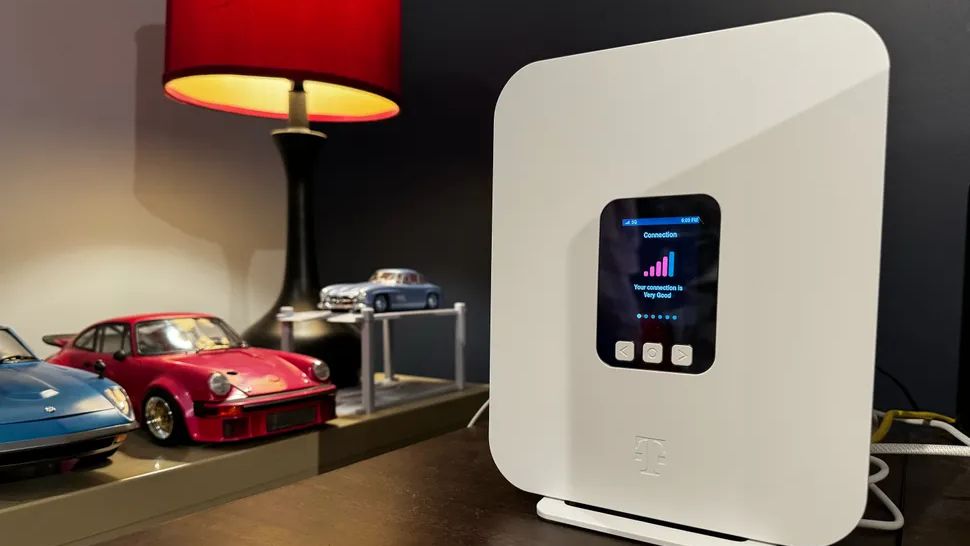AMD is allegedly working on an Arm-based SoC, codenamed "Sound Wave", in a bid to power Microsoft's Surface laptops next year, claims Kepler via ITHome. Moving away from traditional x86 designs, Sound Wave is reported to feature the Arm ISA and will likely leverage off-the-shelf Cortex cores. Details on exact specifications, availability, and pricing remain under wraps, so it's wise to approach this leak with caution.
Looking beyond its historical Wintel roots, Microsoft has made a clear push towards the WoA (Windows on Arm) platform. This was put into effect with the firm's partnership with Qualcomm, which yielded the Snapdragon X family. This was likely a significant catalyst that motivated Intel to engineer an efficiency-first alternative: Lunar Lake. In fact, even Nvidia is entering the WoA space with its rumored N1 family of SoCs, developed in partnership with MediaTek.
The strong success of the Nintendo Switch, powered by Nvidia hardware, underlines a lucrative market for Arm-based handhelds. These Sound Wave SoCs, if true, could be a foundation for the Steam Deck 2, but I must emphasize this is highly speculative. Microsoft's current-generation Surface Pro 11 and Surface 7 laptops are powered by chips from Qualcomm and Intel. AMD's existing gap in efficiency compared to Snapdragon X, Lunar Lake, and likely soon-to-launch N1 offerings could be bridged with these Arm-based SoCs.

It is suggested these APUs will slot into the FF5 socket, succeeding FF3, which is home to the Steam Deck's Aerith/Sephiroth APUs. Regarding the integrated graphics, AMD should continue to employ its established Radeon IP instead of adopting Arm's Mali graphics solutions.
Lunar Lake sticks to x86 roots, and while it might be inferior in performance to Arm-based equivalents from Qualcomm and Apple, it comes extremely close in efficiency, even exceeding them in battery endurance tests. That being said, Lunar Lake wasn't exactly cheap for Intel, including expensive manufacturing with TSMC's N3B process, Foveros 3D packaging, on-package LPDDR5x-8533 RAM, and next-generation IP blocks like Xe2-LPG for graphics. This is why ex-CEO Pat Gelsinger characterized Lunar Lake as an expensive one-off design.
So, AMD's decision could be driven by the high costs and complexities associated with building an ultra-efficient x86 design, especially for the sub-10W range, and Microsoft's growing push for Windows on Arm and AI-first PCs. Likewise, can Microsoft address the teething optimization and compatibility issues that still plague the WoA ecosystem by then? We should reserve our judgments until AMD actually reveals these products, assuming they're even in the pipeline. While AMD could reveal more at CES 2026, we'll probably have to wait a bit longer as Microsoft tends to announce new Surface products during the summer season.
Follow Tom's Hardware on Google News to get our up-to-date news, analysis, and reviews in your feeds. Make sure to click the Follow button.

 5 months ago
69
5 months ago
69








 English (US) ·
English (US) ·